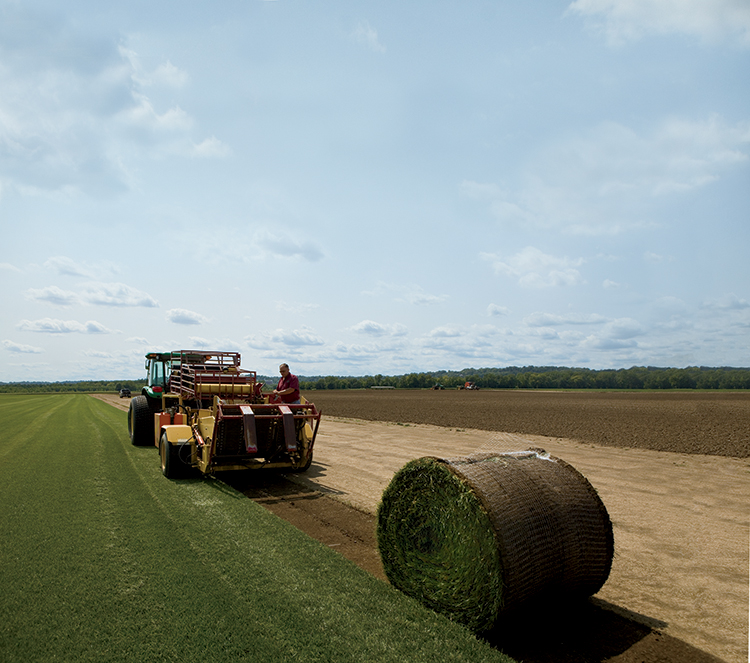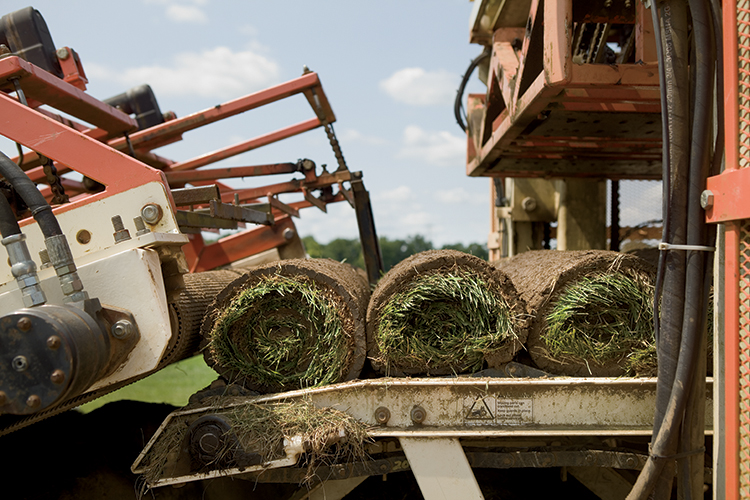Home > Ohio > Ohio Farm to Table > Harvesting Generations of Success in Ohio
Harvesting Generations of Success in Ohio
In partnership with: Ohio Department of Agriculture

In 2013, the Ohio Department of Agriculture expanded its Century Farms program – recognizing farms that have been owned and operated by the same family for at least 100 years – to include family farms reaching their 200th anniversary of ownership.
“Ohio has 73 families that have owned their farms for at least 200 years. These are our bicentennial farm families,” says Cindy Shy, Director of the Century and Bicentennial Farms program for the Ohio Department of Agriculture. “They are the foundation of our agriculture industry. They have survived and adapted over many years to provide the food and fiber every consumer needs. They’ve shown fortitude and perseverance to keep their farms going while feeding and clothing the rest of us.”
Humble Beginnings
Robb Harper, an example of that perseverance, represents the fifth generation to run his family’s farm, which dates back to 1806. Today, the family’s Jamestown farm grows corn and soybeans on the same land his great-great-grandfather tilled. Harper began working on the farm when he graduated high school. As his father’s only surviving son, he felt a responsibility to carry on the family tradition, although he admits the business wasn’t simply “handed down to him.”
“I could never have gotten into farming if my father hadn’t already been farming. It takes too much money,” Harper says. “When I started farming, I didn’t have anything to offer but my labor, so slowly I started paying for the equipment with my labor and eventually in lieu of getting money, I owned the equipment.”
Efficient Technology
Although his operation has remained fairly consistent, Harper admits that technological advances within the industry, such as satellite imaging, have improved efficiency.
“In the old days, when you spread fertilizer, you fertilized the whole field the same. Nowadays, satellite technology has made that a lot more efficient,” he says. “The satellites are linked to the harvesters and planters, and when the season’s over, we can produce maps that show parts of the field where the yield was good and areas where the yield was poor. We can use this information to adjust our fertility next year to try to increase the yield in the poor areas.”
Revolutionary Change
As a working farm in the suburbs of Cincinnati, Turpin Farms has seen its share of change. Pam Simmons and her brother grew up on the family farm, which is the second-oldest registered farm in Ohio and dates back to the Revolutionary War. Phillip Turpin, Sr. received the farmland – originally more than 2,500 acres – as a Revolutionary War land grant and moved his family from Richmond, Va. to the Ohio River Valley in 1785. Today, Simmons and her brother maintain a portion of the original land grant. They produce sod and sell it locally and across three states through major retailers like Home Depot and Lowes.
“Every generation has worked on the farm,” Simmons says. “We were driving the grain truck since we were little kids. I would stand on the seat and steer, and my brother would be on the floor working the gas and the brake, so we’ve been doing it since before our feet could touch the pedals. It’s a way of life. We grew up doing it. We knew nothing else.”
The siblings’ dedication to the farm hasn’t wavered over the years, and Simmons says neither has their commitment to preserving their land and protecting the environment. “In order for us to have any type of future, we have to create a sustainable environment – not only in agriculture but in our day-to- day lives,” she says. “we can make a huge difference in our kids’ future by helping conserve water.”
Peace Of Mind
The Agricultural Easement Purchase Program (AEPP) preserves farmland.
A growing number of Ohio farmers and landowners – more than 300 so far – know that agricultural production will be the main use of their land for generations. Through AEPP, funding is provided to landowners who voluntarily sell an agricultural easement on their farm to the state.
“The easement ensures the land will remain permanently in agricultural production under private ownership,” says Howard F. Wise, assistant director of the Ohio Department of Agriculture. “Landowners can grow any crop, but the land must stay in agricultural production. Because the development rights have been sold, the land will be more affordable for future farmers to purchase.”
AEPP and similar programs have preserved more than 50,000 acres of land in 55 Ohio counties.




![Ohio family farms [INFOGRAPHIC]](https://eadn-wc01-4177395.nxedge.io/wp-content/uploads/2020/05/Screen-Shot-2014-11-11-at-3.47.16-PM.png)
